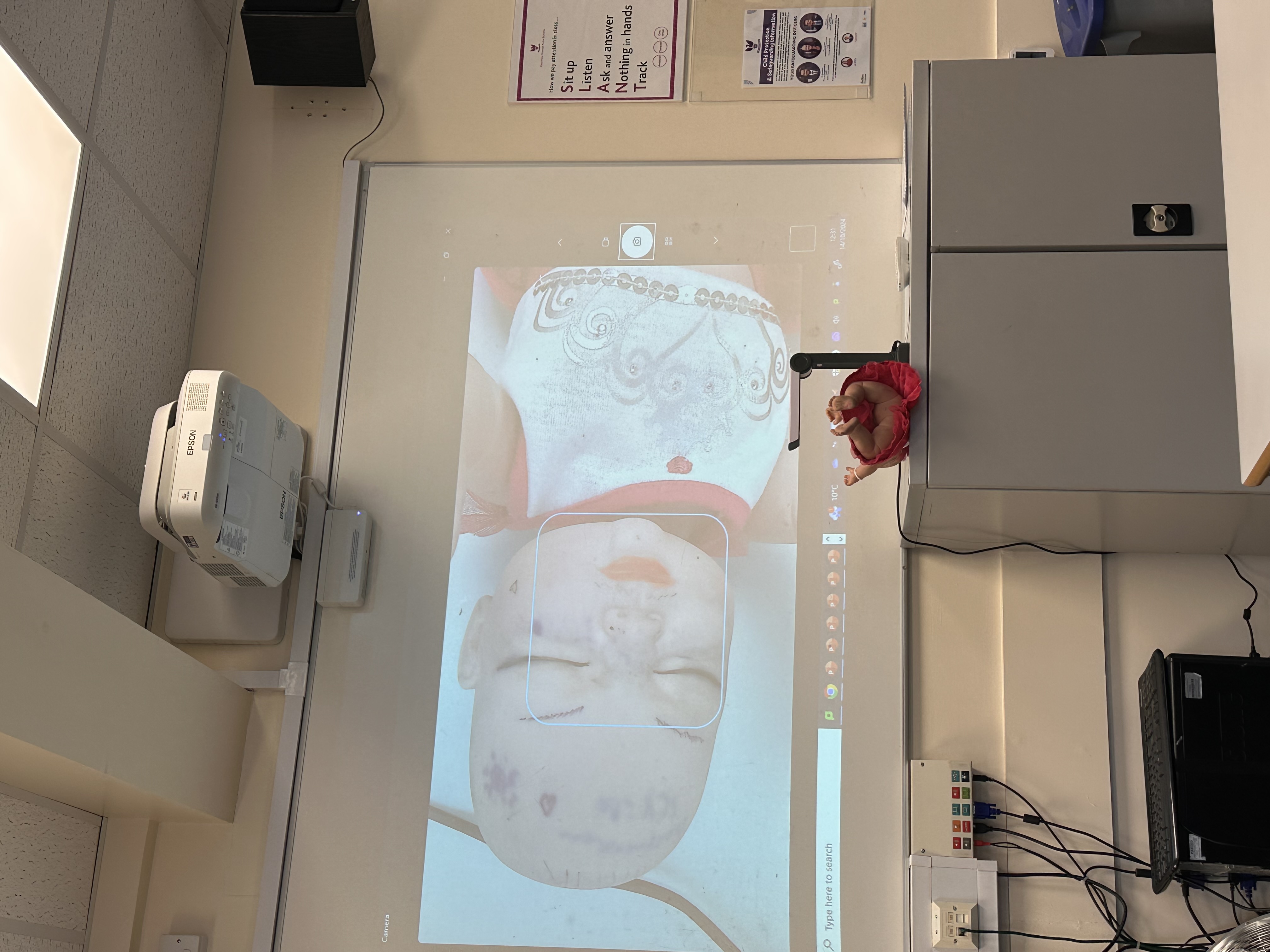Animal studies of attachment
Cards (10)
- Outline procedures of Lorenz researchLorenz randomly allocated goose eggs into two groups - one group was left to hatch with the mother goose while the other half were left in an incubatorwith Lorenz present. This meant that when they hatched, they were either first exposed to the mother goose or Lorenz. Lorenz varied the time between when the eggs hatched and when they first saw the mother goose/Lorenz to measure the critical period for imprinting. He measured imprinting by observing who the goslings would follow (the mother goose or Lorenz) and who they would go to when separated.
- Outline findings of Lorenz researchThe goslings that hatched with the mother goose followed her around while the goslings that hatched in the incubator with Lorenz present followedLorenz around. Also, when the goslings were all put together, they would separate in search for their respective mothers i.e. the goslings that hatched with the mother goose would return to the mother while those who watched with Lorenz present would return to Lorenz. found that -imprinting would take place 13-16 hours after hatching. after 32 hours (the critical period), it was too late for them toimprint.
- Outline procedures of Harlows researchBaby monkeys were raised in isolation with two surrogate mothers: one made of wire with a feeding bottle attached and one made of soft cloth with nofeeding bottle attached. Harlow observed the amount of time the monkeys spent with each mother to see attachment. He also tested this attachment by exposing the baby monkeys to fearful stimuli and observing which surrogate mother they would run to. examined the long-term effects of not having a 'real' mother by later releasing the monkey back with other monkeys and observing their social interactions.
- Outline the findings of Harlows researchThe monkeys spent most of their time with the cloth surrogate mother while only using the wire mother to feed. They would also run to the cloth mother when feeling fearful. This suggested that the monkeys formed attachments for comfort rather than food. The later observations of the monkeys with other monkeys also found that they were aggressive, less sociable and bred less often. As mothers, some of them neglected and sometimes killed their offspring. This suggests that the absence of a 'real' mother can have long-term negative effects.
- Strength of Lorenz animal study - shed light into numerous fields of attch.the finding that goslings imprinted within a critical period of 32 hours has been used to contradict the learning theory of attachment which proposes that attachment is learned over time due to associating caregivers with food. Instead, it has been used to support Bowlby’s theory that attachment is an innate biological process. This is a strength as it demonstrates how Lorenz’s research has been used to contribute to our understanding of human attachments. Thereforeadds credibility.
- Strength of Harlows animal study - shed light into fields of attach.monkeys attached to the cloth mother rather than the wire mother that fed it has been used to contradict the learning theory which proposes infants attach to their caregivers - associating them with food. if true, monkeys should have associated the wire mother with food and formed an attachment with it over the cloth mother.
- Harlow - shed light to numerous fields of attachment - strength - found monkeys were later aggressiveHarlow’s study has provided evidence for Bowlby’s monotropic theory which stated that early attachments can influence later relationships. Harlow found that the monkeys were later aggressive and often killed their offspring, potentially due to their inability to form a real attachment with their mother during their infancy. This is a strength as it demonstrates how Harlow’s research has been used to contribute to our understanding of human attachments. Therefore adds credibility.
- Limitation of Harlows research - issues with confounding variablesFor example, the heads of the monkeys in Harlow’s study were very different, with the head of the cloth mother having a higher resemblance of a monkey’s face than the head of the wire mother. This is alimitation because it may mean the monkey spent more time with the cloth mother, not because it provided comfort, but because it more resembled thatof a real mother monkey.
- Limitation of Harlows research - confounding variables - scared monkeysAnother issue with Harlow’s research is that the later social and emotional difficulties displayed by the monkeys raised in isolation may not have been due to the monkeys not having an attachment figure, but due to the fact they were regularly scared with fearful stimuli. Their reduced sociableness and increased aggressiveness may have thus resulted from them being traumatised from a young age rather than not having the opportunity to attach to a caregiver. Therefore questions credibility.
- Limitation of animal studies - not generalisable to humansThis is because animal and human infants can bevery different e.g. many animal infants are mobile (able to move) from birth while human infants are immobile and very dependent on their caregiver to look after them. This is a limitation as it means they may form attachments for different reasons – human infants are more likely to attach for food as they cannot access it themselves. Therefore questions credibility
